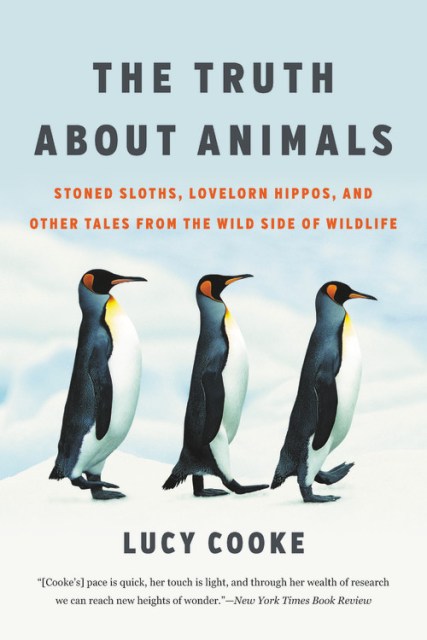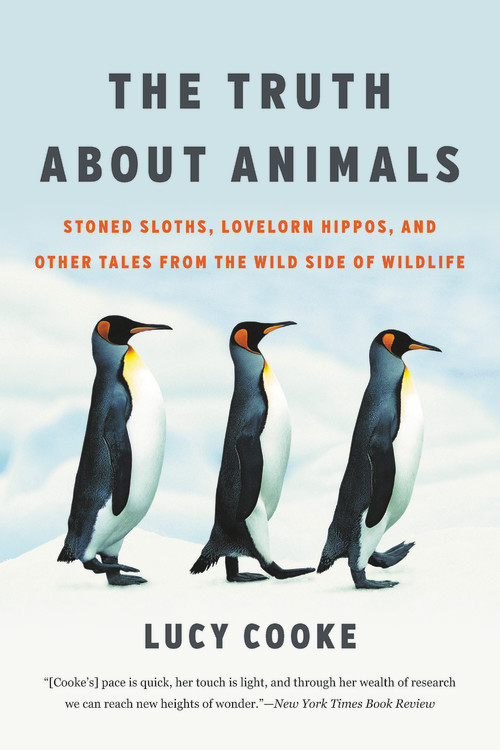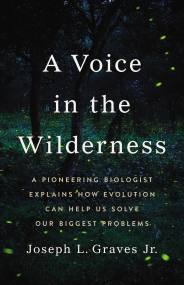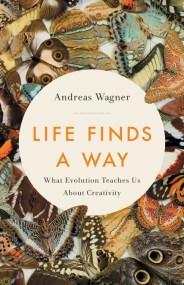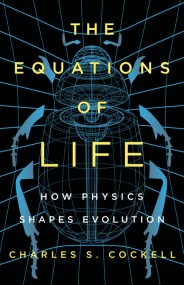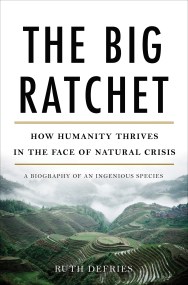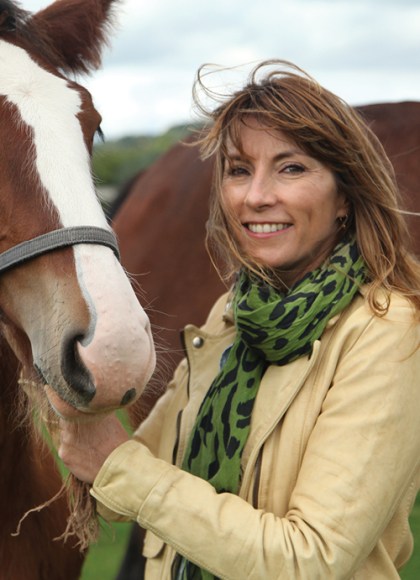Promotion
Use code MOM24 for 20% off site wide + free shipping over $45
The Truth About Animals
Stoned Sloths, Lovelorn Hippos, and Other Tales from the Wild Side of Wildlife
Contributors
By Lucy Cooke
Formats and Prices
Price
$16.99Price
$22.99 CADFormat
Format:
- Trade Paperback $16.99 $22.99 CAD
- ebook $11.99 $15.99 CAD
- Audiobook Download (Unabridged)
This item is a preorder. Your payment method will be charged immediately, and the product is expected to ship on or around April 30, 2019. This date is subject to change due to shipping delays beyond our control.
Also available from:
Humans have gone to the Moon and discovered the Higgs boson, but when it comes to understanding animals, we've still got a long way to go. Whether we're seeing a viral video of romping baby pandas or a picture of penguins "holding hands," it's hard for us not to project our own values — innocence, fidelity, temperance, hard work — onto animals. So you've probably never considered if moose get drunk, penguins cheat on their mates, or worker ants lay about. They do — and that's just for starters. In The Truth About Animals, Lucy Cooke takes us on a worldwide journey to meet everyone from a Colombian hippo castrator to a Chinese panda porn peddler, all to lay bare the secret — and often hilarious — habits of the animal kingdom. Charming and at times downright weird, this modern bestiary is perfect for anyone who has ever suspected that virtue might be unnatural.
Genre:
- On Sale
- Apr 30, 2019
- Page Count
- 352 pages
- Publisher
- Basic Books
- ISBN-13
- 9781541674080
Newsletter Signup
By clicking ‘Sign Up,’ I acknowledge that I have read and agree to Hachette Book Group’s Privacy Policy and Terms of Use
